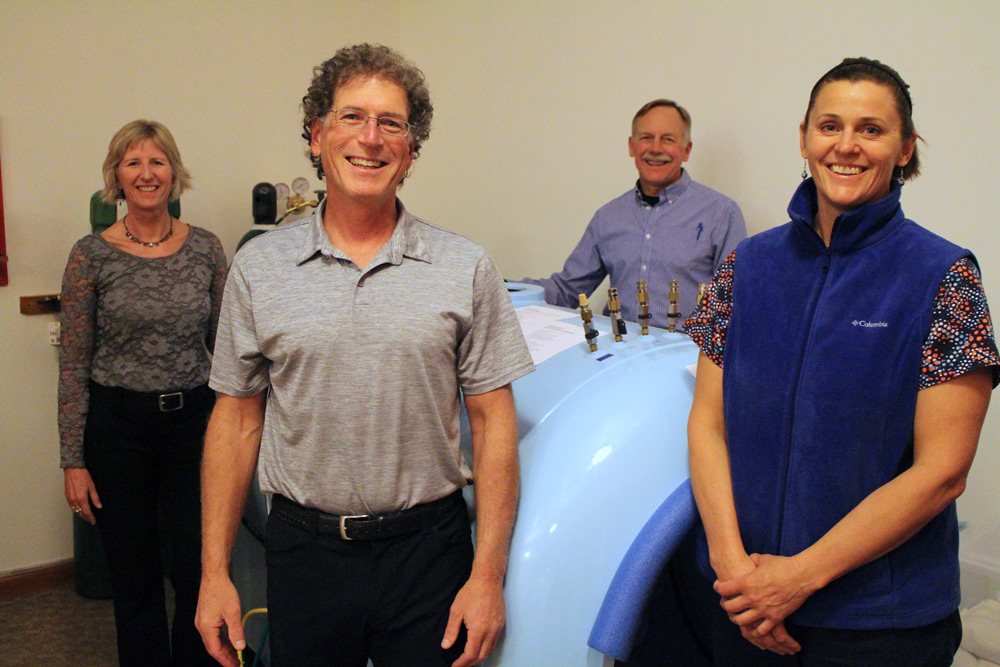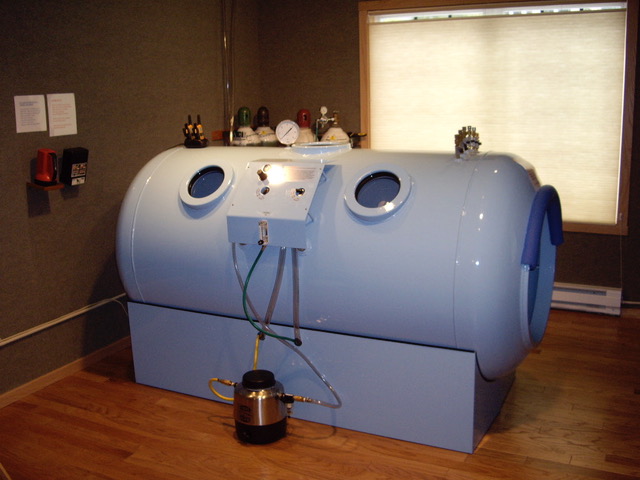Traumatic Brain Injury (TBI) – Treatment & Recovery
Every year nearly 2 million people sustain traumatic brain injuries (TBI) and another 3.8 million reported concussions in the U.S. Approximately 50% go unreported bringing the number to approximately 10 million TBI’s and concussions every year.
In this instance, we are only talking about TBI’s. If you were to add stroke, ADD, ADHD, dementia, Alzheimer’s disease, Anterior Lateral Sclerosis (Lou Gehrig’s Disease), Multiple Sclerosis, Cerebral Palsy, infections, viruses, and emotional traumas such as PTSD, which are injuries to the brain, the numbers would be much higher.
You can find the supportive research for the use of HBOT with these conditions on our research page.
Symptoms of a Traumatic Brain Injury (TBI)
Physical
- loss of consciousness
- mild to severe headaches
- nausea and vomiting
- Disorientation
- seizures
- dilated
- loss of coordination
- sleep disorders
- convulsions
- vertigo or dizziness
- fatigue
- loss of balance
- sensory symptoms
- visual disruptions
- ringing in the ears
- loss of smell
- sensitivity to light and sound
Cognitive
- memory problems
- slow reaction time
- inability to pay attention
- Executive dysfunction
- Slow learning
- Difficulty understanding
- Unable to concentrate
- Confusion
- Unable to communicate thoughts
- Unable to plan or problem solve
- inability to see words or read
- speaking disorders
- inability to write
Psychological
- PTSD
- irritability
- easily frustration
- tension
- anxiety
- emotional dysregulation
- personality changes
- disinhibition
- apathy
- suspiciousness
- suicidal
- depression
What does HBOT do for brain injuries?
- Induces neuroplasticity, the ability of the brain to form and reorganize synaptic connections, especially in response to learning or experience following injury.
- Increases tissue oxygenation.
- Generate new capillary networks boosting cerebral blood flow.
- Increases stem cells in the blood.
- Improves language function.
- Improves cognition.
- Improves quality of life.
- Significant improvement of psychological impairments.
- Shown to decrease mortality rate in acute cases.
- Prevents secondary injuries.
Common questions regarding the use of HBOT with TBI’s:
Do I need to receive treatment right after the injury to get any benefit?
No. It has been shown that HBOT can be effective with chronic TBI’s. There have been TBI cases treated with HBOT as far out from injury as 40 years with positive results.
Are there any concerns in using HBOT with a TBI?
Mountain Hyperbarics has two Medical Doctors who do a thorough medical intake specifically for HBOT and to determine if the treatment is safe for the individual.
How long is the treatment program and how often do I need to come in for treatment?
This is entirely dependent on the individual case. The date of injury or injuries. The extent of the injury. Other mitigating injuries or conditions that may impact the healing process.
What is the cost?
This is dependent on the course of treatment needed. Mountain Hyperbarics prides itself on being affordable and accessible.
What programs are available to help us financially?
Mountain Hyperbarics works with individuals and families on a sliding scale if necessary. We also have a relationship with America’s Mighty Warriors for Veterans and locally Vocational Rehabilitation.
Does insurance cover the cost of treatment?
Unfortunately, at this point in time insurance generally does not cover TBI treatments.
How does HBOT Heal?
Henry Prince, MD, FACOG: Anoxic Brain Injuries:
Anoxic Brain Injuries and HBOT
Paul Harch, MD: The Curt Allen Case Study:
Hyperbaric Oxygen Therapy (HBOT) corrects Traumatic Brain Injury (TBI), PTSD, autism/cerebral palsy.
Research:
Hyperbaric Oxygen Therapy (HBOT) Research and Studies (hyperbaricstudies.com)
Hyperbaric Oxygen Therapy Can Improve Post Concussion
The therapeutic potential of hyperbaric oxygen therapy on chronic brain injury
Hyperbaric oxygen therapy for traumatic brain injury: bench-to-bedside
Hyperbaric oxygen therapy for traumatic brain injury | Medical Gas Research
Effect of hyperbaric oxygen on patients with traumatic brain injury



